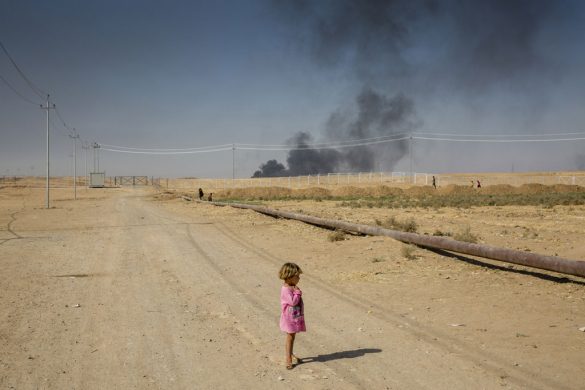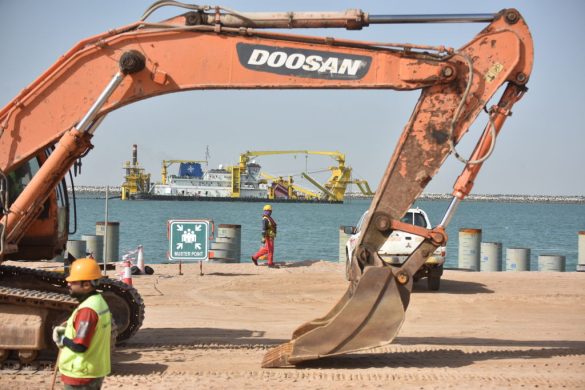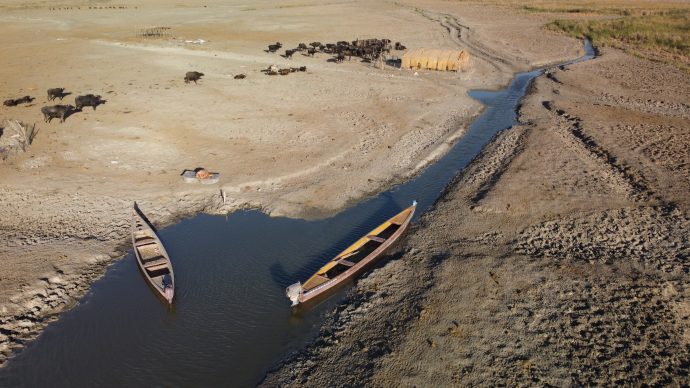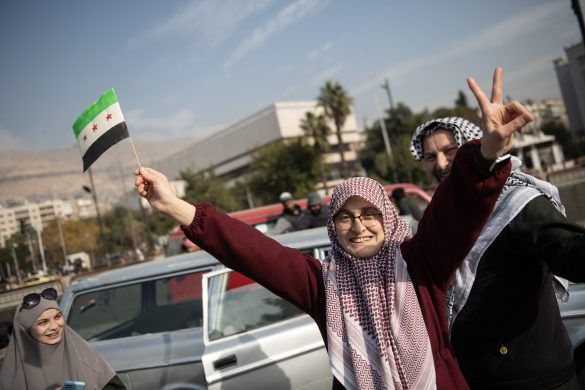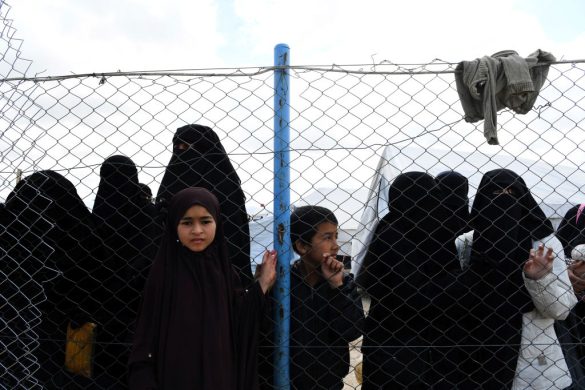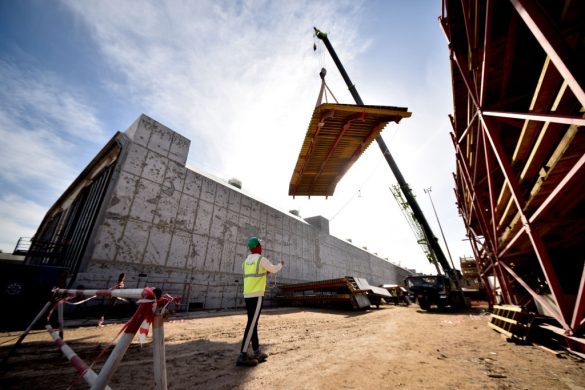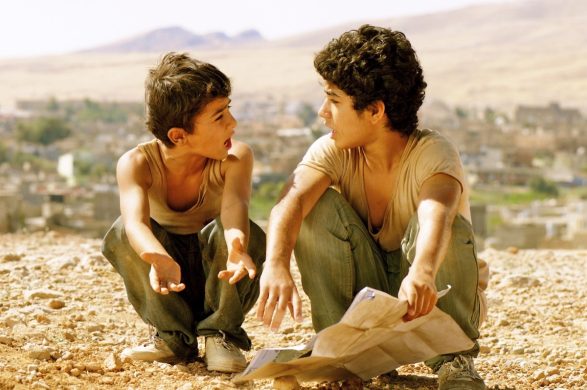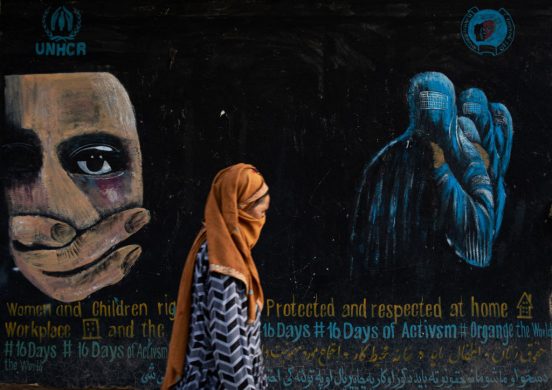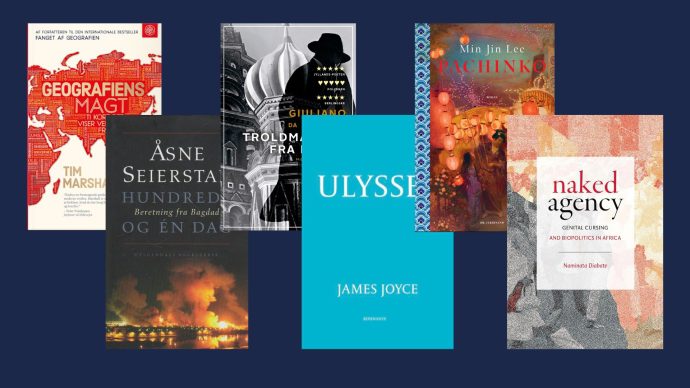said UN High Commissioner for Human Rights Zeid Ra'ad Al Hussein in a news release issued today, citing heartbreaking images of children being forced to carry out executions, stories of women being 'redistributed' among ISIL fighters, of killings for possession of SIM cards, and killings of those perceived to be opposed to ISIL's takfiri doctrines.
He also cited the forced displacement of tens of thousands of civilians and their exploitation as human shields, and then the risk of reprisals against these long-suffering women, men and children for their perceived support of ISIL.
Iraqis must see that state can protect them
Mr. Zeid said that it is equally important that formal justice is supported by actions that promote community reconciliation, such as truth-telling and restorative justice, including the provision of medical and psycho-social services, housing, education and other financial support which may assist people in rebuilding their lives and their communities.
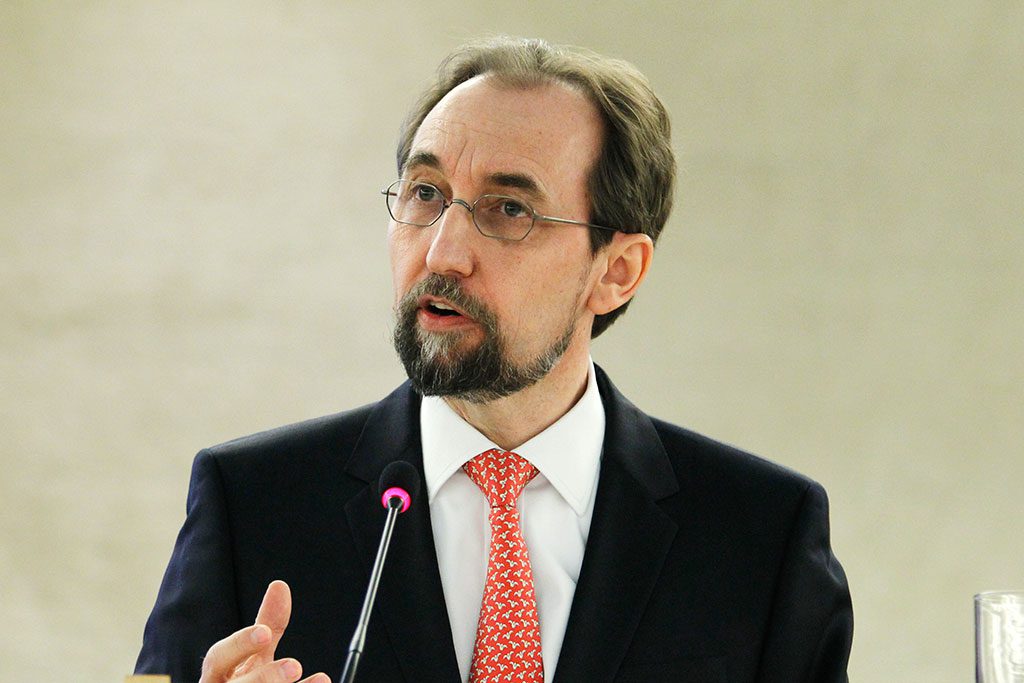
Just over the past few days, the Office of the UN High Commissioner for Human Rights (OHCHR) has received reports that:
- ISIL appears to be continuing to carry out killings based on decisions of its self-appointed 'courts'. On Tuesday, ISIL reportedly shot and killed 40 civilians in Mosul city after accusing them of 'treason and collaboration' with the Iraqi Security Forces (ISF). The victims were dressed in orange clothes marked in red with the words: 'traitors and agents of the ISF.' Their bodies were then hung on electrical poles in several areas in Mosul city.
- Also on Wednesday, ISIL deployed what it calls the “sons of the caliphate” in the alleys of the old town of Mosul, wearing explosive belts. We are concerned that these may be teenagers and young boys. ISIL also posted a video on Wednesday showing four children, believed to be between 10 and 14 years old, shooting to death four people for spying for the ISF and the Peshmerga. The video shows the victims falling into the river nearby.
- Since 27 October, ISIL has been relocating abducted women, including Yezidi women, into Mosul city and into Tel Afar town. Some of these women were reportedly “distributed” to ISIL fighters while others have been told they will be used to accompany ISIL convoys.
- Last Monday, 7 November, the ISF reportedly found in Shura sub-district of Mosul an underground prison containing 961 people, all of them Sunni, and many of them former ISF officers or members of the Iraqi Islamic Party. People in the prison – which reportedly had cages measuring 1 metre by 0.5 metres – bore signs of torture and malnutrition.
- Also last Monday, ISIL announced through loudspeakers mounted on vehicles in Mosul that it would execute any members fleeing from the battlefield. ISIL also reportedly announced that, on 6 November it had beheaded seven of its militants for deserting the battlefield in the Kokjali area of eastern Mosul.
Mass killings
OHCHR has more reports of ISIL forcing villagers to leave their homes, and more details are also emerging about the reports of a mass grave containing at least 100 people in an Agricultural College building in Hamam al-Alil that was discovered on Monday.
Use of chemical weapons
Details are also emerging of the use of chemical weapons by ISIL. On 23 October, four people died after inhaling fumes from burning sulphur from al-Mishrag Sulphur Gas Factory and Field in the Shura sub-district of Mosul, he said.
UN human rights officers are continuing to monitor the impact of the armed conflict on civilians, directly and through information provided by implementing partners and networks of sources.

